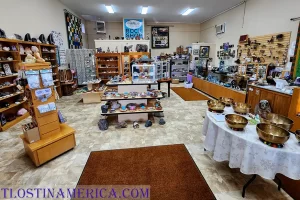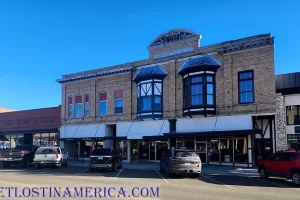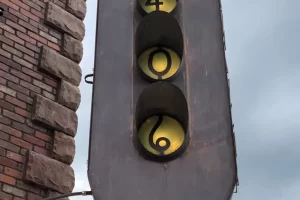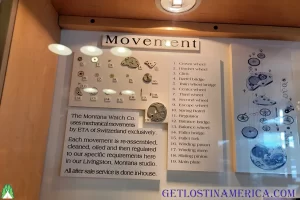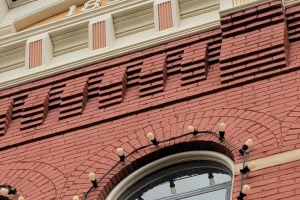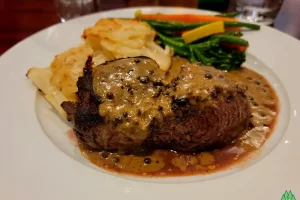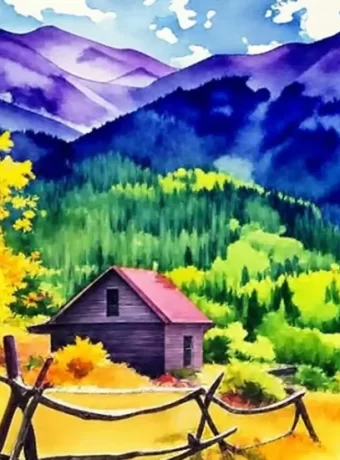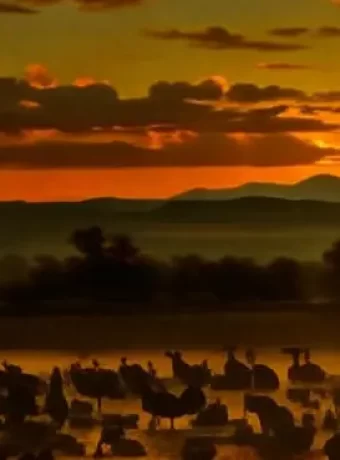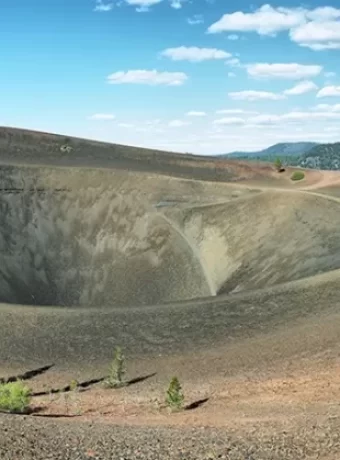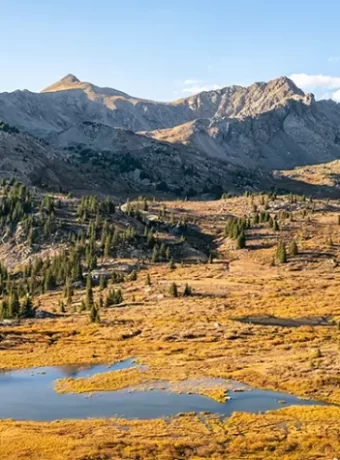Have you ever wondered about the roots of a small city nestled between rugged mountain ranges and vast plains? Our exploration commences here. History of Livingston Montana, is more than just dates and facts—it’s an intriguing tale of courage, determination, and resilience.
In the heartland of Montana, on the banks of Yellowstone River, lies Livingston – once home to Native American tribes like Crow Indians; it later played host to Lewis & Clark during their legendary expedition. Fast forward a few years; it became a vital cog in Northern Pacific Railroad’s wheel—shaping its destiny forever.
Main Street is alive with bustling general stores, and it’s not uncommon to spot figures straight out of Wild West legends. But the town never forgets its natural roots—with breathtaking views in Paradise Valley and Yellowstone National Park—making the great outdoors here truly irresistible. History of Livingstone Montana will stir the imagination.
-
Table of Contents:
- Early Settlement and Native American Presence in Livingston Montana
- The Influence of Northern Pacific Railroad on Livingston’s Growth
- Growth and Development of Downtown Livingston
- Famous Figures and Wild West Legends in Livingston Montana
- Outdoor Recreation and Natural Beauty in Livingston Montana
- Cultural and Artistic Scene in Livingston Montana
- Conclusion
Early Settlement and Native American Presence in Livingston Montana
The early days of what we now know as Livingston, Montana, were shaped by the diverse cultures that occupied this region. This land was originally home to various Native American tribes who left a significant influence on its history.
The First European’s to Enter Livingston
As European settlers started exploring the new world, they found themselves entering territories inhabited by indigenous communities for centuries. The first recorded arrival of white men into present-day Livingston happened in 1806, led by Captain William Clark.
This expedition marked a pivotal point in the territorial legislature February 1887 officially recognizing these lands as part of their jurisdiction. Before the establishment of small settlements, this area was home to numerous native communities for many years.
Life Before the European’s Arrival
Prior to Lewis and Clark’s exploration venture along with Sacajawea – an invaluable guide from the Shoshone tribe – this area around Yellowstone River was predominantly occupied by Crow Indians. These proud people lived harmoniously with nature while developing complex societies based on kinship ties and shared cultural practices.
In fact, records show that multiple tribes considered this region sacred – including not only Crows but also Blackfeet, Flathead, Shoshone and Absaroka tribes – each leaving behind remnants of their rich heritage woven into today’s Livingston Montana history tapestry.
With deep respect for natural resources available around them like abundant game or fertile soil near riverside areas helped sustain these communities through countless seasons.
Certainly worth noting is how profoundly different life looked back then compared to what we know today as Livingston, a bustling small city nestled among Montana’s mountain ranges.
Remembering the Native Influence
As we explore the past of this area and its inhabitants, it’s evident that native cultures had a big impact on its identity. The echoes of their traditions still resonate in modern-day Livingston – from art forms inspired by tribal motifs to names used for geographical landmarks. It has left a permanent impression on the History of Livingston Montana.
Livingston, Montana’s history is richly layered. It started with the Native American tribes like Crow Indians and Shoshone who respected their environment and shaped a complex society. Their influence remains today in art forms and geographical names.
When Captain William Clark set foot in 1806, it was a game changer. White settlers started to call this land their own.
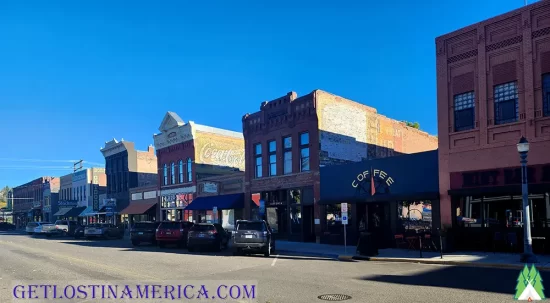
The Influence of Northern Pacific Railroad on Livingston’s Growth
As the early 1880s dawned, a small settlement in Montana was about to undergo a transformation that would redefine its destiny. This place? Livingston, Montana. The catalyst for change? The Northern Pacific Railroad.
The Establishment of Clark City
Around this time, officials from the Northern Pacific eyed Livingston as an ideal location for one of their stores. They decided to set up shop miles south from what is now known as downtown Livingston. A town named Clark City sprung into existence practically overnight and served as a pivotal stopover point on the railroad route.
This decision by the railroad not only changed styles but also spurred unprecedented growth in what had previously been just another small city in Mountain West territory. With an influx of more than 2,200 railroad men based there at its peak, it became clear: thanks to the tracks laid down by progress and industry, Clark City – soon renamed back to ‘Livingston’ – wasn’t so little anymore.
But why did these seemingly inconsequential decisions lead to such drastic changes?
In those days, railroads were like arteries pumping lifeblood into towns across America; they brought goods people needed and took away products locals made or mined. When trains started making regular stops here due largely because it sat conveniently along the path between Minnesota and Seattle—their arrival signaled opportunity knocking at Livingston’s door with thunderous whistles blowing day after day.
More Than Just Trains: How Railways Reshaped Life & Landscape
Northern Pacific didn’t merely build tracks through Park County—they helped shape every aspect of local society too. It seems strange today but consider how transformative the railroad was: it didn’t just make Livingston a hub for goods, but also turned this remote outpost into a vibrant and bustling community.
Picture this – the chill, easy-going town of Livingston today. Hard to believe, right? But back in its prime time, it was bustling with over 2,200 Northern Pacific workers.
The Northern Pacific Railroad transformed Livingston, Montana from a small 1880s settlement into a buzzing hub. Their decision to establish in what would become Clark City sparked unparalleled growth, making Livingston an essential pit stop on their journey. This change didn’t just rev up the local economy; it breathed new life into this once secluded outpost and molded it into a lively community.
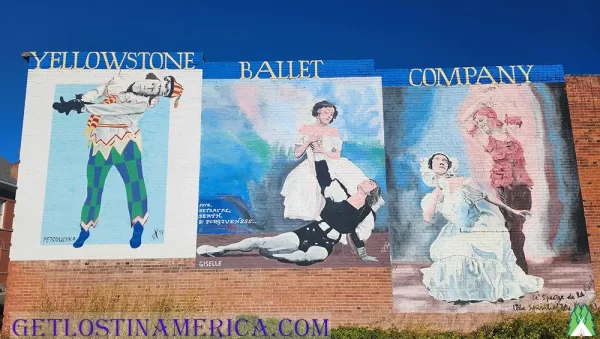
Growth and Development of Downtown Livingston
Livingston, a quaint municipality tucked away in the Mountain West area of Montana, boasts an abundance of historical importance. Downtown Livingston has experienced a remarkable expansion and progress over time.
The Bustling Life of Downtown Livingston in the Past
Downtown Livingston was once a bustling hub teeming with life. Its Main Street was filled to capacity with businesses that catered to locals and visitors alike.
Let’s travel back in time for a moment – it’s late summer in the 19th century. Imagine walking down Main Street Livingston, where general stores are scattered around Benson’s Landing (the river called Benson’s Landing). It used to be lively – people coming from all walks of life would mingle here.
This place had everything you could ask for – from six restaurants serving up local cuisine to thirty bars pouring out good cheer. Yes, thirty. Can you believe that?
Besides food and drink establishments, there were also several other commercial buildings making up this vibrant scene: hotels provided rest for weary travelers; general stores stocked essential supplies; even red-light districts thrived at one point.
In fact, six each – yes SIX – General Stores, Hotels & Restaurants marked their presence on these streets marking them as an important commercial real estate space.
The Growth Factor: Railroads
So how did such rapid expansion happen? Well, let me tell you about Northern Pacific Railroad.
You see, this railroad line played an instrumental role in shaping downtown Livingston into what we know today. When Northern Pacific decided to set shop here, miles south than originally planned, the town saw new possibilities. As a small city, Livingston was chosen to be the railroad’s main store location.
With this new opportunity, Livingston changed styles from a mere settlement to becoming an important stopover for people traveling on Northern Pacific’s route.
The town saw up to 2,200 railroaders based there at one point.
The Current Scenario
Compared to its vibrant history, downtown Livingston has now mellowed into a tranquil and peaceful spot.
Livingston, Montana is steeped in a deep history of progress and evolution. The heart of the town once buzzed with local shops and attractions for both residents and visitors. A game-changing move by the Northern Pacific Railroad to establish their operations there sparked significant growth, transforming this humble hamlet into a vital pit-stop. Today, Downtown Livingston remains a tranquil spot that firmly clings to its past.
Famous Figures and Wild West Legends in Livingston Montana
Livingston, Montana has a rich tapestry of history woven with stories of famous figures and wild west legends. Notable figures have left a lasting impression on the history of Livingston, Montana.
The Legacy of Captain William Clark
Captain William Clark was one-half of the famed Lewis and Clark Expedition that journeyed through this region. The impact he made on what would later become Livingston, Montana, remains significant to date.
Although not much statistical data is available about his time spent here, it’s evident from historical records that his exploration played an instrumental role in opening up the Mountain West for further discovery and eventual settlement by white men.
Calamity Jane – A True Frontier Woman
A name synonymous with America’s Old West folklore is none other than Calamity Jane. Known as Martha Canary before she adopted her infamous moniker, she lived a life filled with adventure across numerous frontier towns including Livingston where her larger-than-life persona still echoes today.
An Ode to Johnston Livingston
No tale about Livingston can be complete without mentioning its namesake: Johnston Livingston. He was a prominent director at Northern Pacific Railroad during its heyday when it laid down tracks connecting distant parts of America together making cities like our own more accessible. In many ways, his contributions helped shape present-day Park County, contributing significantly to transforming it into the thriving community we know now.
JOURNEYING WITH JIM BRIDGER – MOUNTAIN MAN EXTRAORDINAIRE.
The wilderness of Montana was once the stomping ground for many mountain men and famous scouts, among whom Jim Bridger is arguably one of the most legendary. He actively trapped beavers throughout his life which helped to map uncharted territories across Mountain West.
Although he spent only a fraction of his time in what would later become Livingston, it’s hard not to imagine him wading through its rivers or trudging along its ranges. His spirit still resonates with modern-day adventurers who come seeking their own wilderness experience.
Livingston, Montana is steeped in a rich past filled with legends and Wild West heroes. Captain William Clark’s exploration kick-started more discoveries. Calamity Jane added her bold character to the mix. Johnston Livingston shaped today’s Park County by boosting the Northern Pacific Railroad, while Jim Bridger charted unknown lands as a mountain man.
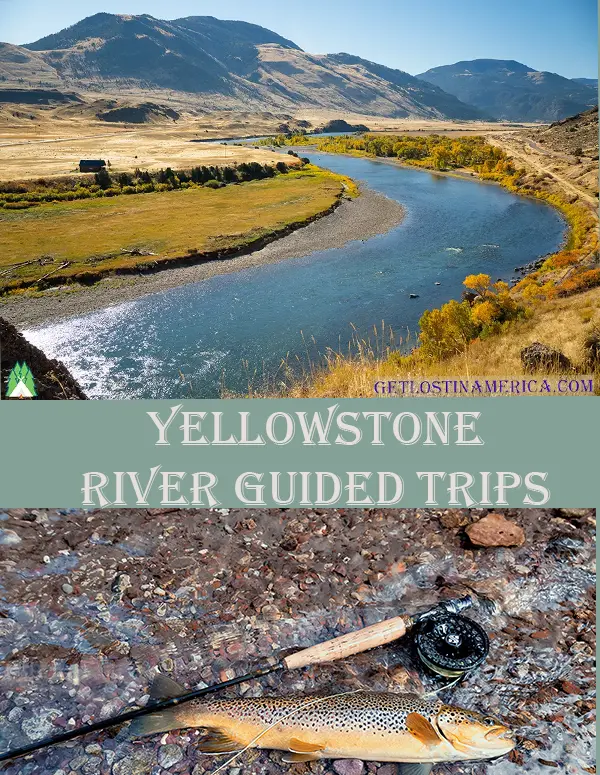
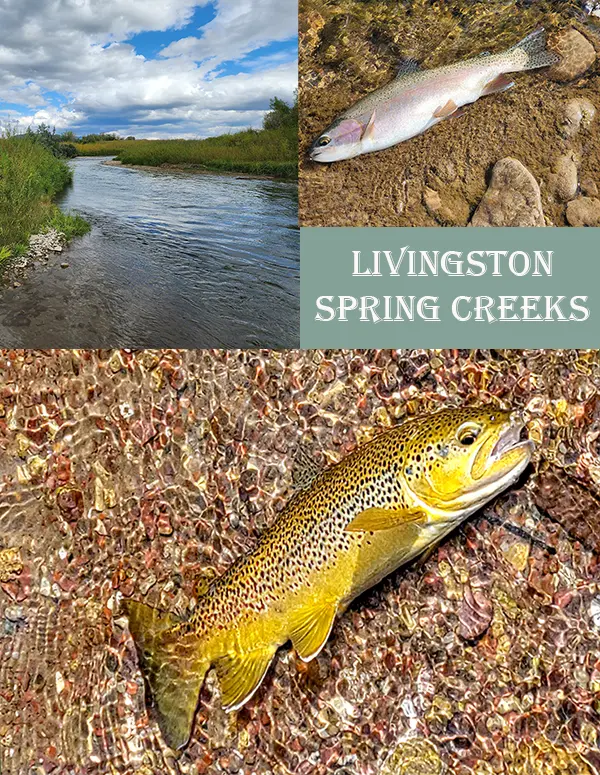


Outdoor Recreation and Natural Beauty in Livingston Montana
The allure of the great outdoors is deeply embedded in the heart of Livingston, Montana. This small city boasts an array of recreational activities set against a backdrop of breathtaking natural beauty. From mountain ranges to rushing rivers, there’s something for everyone.
The Allure of Yellowstone National Park
Arguably one of Livingston’s greatest attractions is its proximity to Yellowstone National Park, located just over 50 miles south. The park remains open year-round, drawing adventurers from all corners with its unique combination of geothermal wonders, abundant wildlife, and stunning landscapes.
This place isn’t called Paradise Valley for nothing. Known as Emigrant Gulch back in the day when settlers were working claims here; today it’s famous among fly fishers worldwide due to the unspoiled stretches along Yellowstone River – one amongst the world’s longest undammed rivers.
Hiking trails crisscross through pine forests and mountain meadows filled with wildflowers during the late summer months while hot springs like those at Chico Hot Springs provide soothing respite after a long day exploring or fishing. In winter, cross-country skiing becomes popular too – providing visitors different ways to appreciate nature throughout the seasons.
Fly Fishing Mecca: A Tribute To The Mountain West Tradition
Inextricably linked with outdoor recreation in this part of Montana is fly fishing — truly synonymous with Livingston culture. Thanks largely because being home International Federation Fly Fishers (IFFF) has cemented our town’s status as a global hub sport.
If you’re not already an angler, don’t worry. The friendly locals and expert guides will help you get started. Even for the novice, Livingston’s fly fishing can be an enchanting experience.
What makes this place special is its variety of fishing opportunities – from chasing elusive trout on Yellowstone River to stalking salmonflies hatch Madison River or simply relaxing with family while casting for bass at local ponds – there’s something for everyone here.
Livingston Footnote:
Livingston, Montana is a dream come true for nature enthusiasts. It’s just a stone’s throw from Yellowstone National Park and brimming with outdoor adventures. The city boasts world-class fly fishing—no surprise since the International Federation Fly Fishers calls it home. So whether you’re an expert angler or just starting out,
Cultural and Artistic Scene in Livingston Montana
Livingston, a small city nestled amidst the Mountain West’s stunning landscapes, is more than just an adventurer’s paradise. It also serves as a vibrant cultural hub with art galleries that would impress even the most discerning critic.
A Stroll Down Main Street: The Heart of Livingston’s Arts Scene
The pulse of creativity beats strongly on Main Street Livingston. This isn’t your typical mountain town main street—it’s lined with colorful buildings housing charming boutiques, eclectic shops selling unique artifacts, and some of Montana’s finest art galleries.
Galleries such as Russell Chatham Gallery are revered for showcasing works by local artists alongside national ones. These establishments help to cultivate an appreciation for artistic diversity while supporting the creative community within this corner of Park County Montana.
Northern Pacific’s Influence on Cultural Development
In late summer evenings past, when Northern Pacific trains rolled into town after long journeys across expansive plains and rugged mountain ranges miles west or south from here; they brought not only goods but ideas too—ideas which greatly influenced culture development in our little city called Livingston MT.
This exchange sparked creativity among locals who actively trapped these inspirations into their work. From painters capturing Yellowstone National beauty onto canvas to writers penning stories set against Paradise Valley backdrop – all found inspiration here.
Empire Theater: A Stage for Performances Old & New
Situated at one end of Main Street stands Empire Theater—an architectural beauty that has been a pillar of Livingston’s cultural scene for decades. It was here, on its well-trodden boards, where aspiring actors took their first tentative steps towards stardom.
The theatre persists in operating throughout the year, and still attracts people from near and far with its diverse array of shows – including both classic plays and cutting-edge theatrical creations. So if you’re looking for entertainment after a day exploring Yellowstone National Park or fly fishing in the river runs through Paradise Valley – Empire Theater is your place.
Livingston, Montana is more than just a launchpad for thrill-seekers; it’s also a lively center of culture. The town’s Main Street brims with dynamic art galleries like the Russell Chatham Gallery, showcasing both local and national talent. This creative atmosphere was fueled by the Northern Pacific trains that injected new thoughts into the community, inspiring locals to think outside the box. You’ll find Empire Theater marking one end of this bustling Main Street.
Livingston Montana Conclusion
Our journey through the history of Livingston Montana has been nothing short of a riveting frontier adventure. We’ve walked in the footsteps of Native American tribes and legendary explorers like Lewis & Clark.
We’ve seen how Northern Pacific Railroad transformed this small settlement into a bustling city. Main Street, once filled with lively general stores and figures from Wild West legends, still holds that charm today.
We dove deep into Yellowstone National Park’s allure, an outdoor paradise for all. And we can’t forget about its rich cultural scene—art galleries to theaters; it’s got everything!
In essence, every brick on every building tells a story here—a tale woven by nature’s grandeur and human resilience alike.
Modern Day Livingston Montana
- Livingston Montana modern day stop is the Windy Way Rock Shop at 5237 US Hwy 89 coming and going to Yellowstone National Park or if you are passing by on Interstate 90 and need a break.
- Early Livingston Montana Architecture
- AD Maddox Art Gallery for Great Fly Fishing and Wildlife Art
- In Montana you are in 406 Country,
- Montana Watch Co. is another very cool stop
- Another look at some 1890 architecture in Livingston Montana
- Livingston Bar and Grille is a top notch place to eat when you stop in Livingston Montana
- A plate at the Livingston Bar and Grille, it was Awesome.
- A look down the street to the south in Livingston Montana on a summers eve
- Motorcycles and sidecars one of the cool things in life. Parked on the street in Livingston

